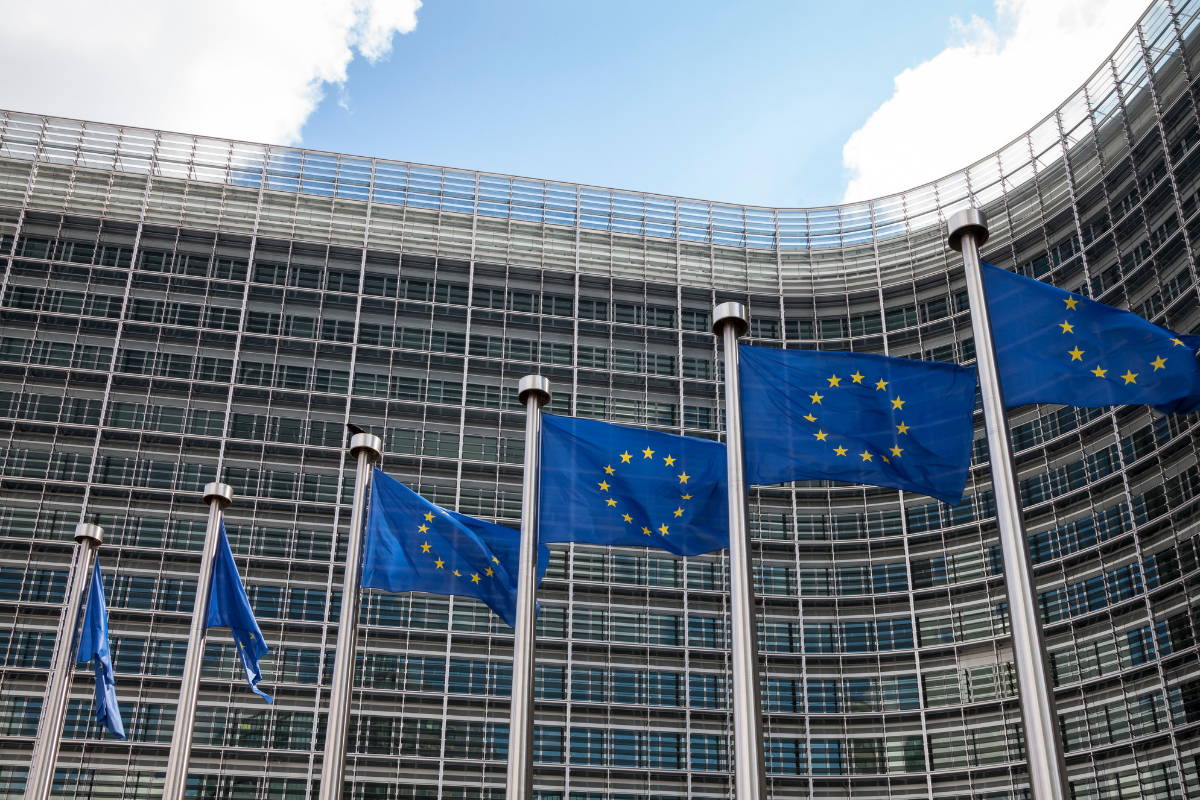The European Union (EU) Directive 2019/1158 of 20 June 2019 (the “Directive”) on work-life balance aims to encourage flexible working arrangements for workers who are caregivers or parents. The directive has a focus of promoting equality between men and women and addresses the underrepresentation of women in the labor market by establishing rights to paternity, parental and caregiver’s leave.
The Directive entered into force on 31 July 2019, and EU member states have a transposition deadline of 1 August 2022.
Background
The European Commission, Parliament and EU member states decided to take a broader approach in addressing the work-life balance faced by working parents and caregivers. In 2015, the Maternity Leave Directive, which has been stuck in the legislative process since 2008 as a draft, was withdrawn for the development of the new Directive supporting all caregivers. The Directive also replaces the 2010 Parental Leave Directive (2010/18/EU).
Key details
The Directive applies to all workers who have employment contracts or relationships in the EU, including part-time and fixed-term contract workers. The Directive lays down minimum requirements to be implemented as the national law of each EU member state. Each member state may, at its own discretion, pass legislation that enhances the minimum requirements listed below:
- Paternity leave: the Directive introduced new minimum standards at the EU level for paternity leave for fathers or equivalent second parents.
- Fathers will be entitled to take paternity leave for a minimum of 10 working days.
- Each member state may determine the timeframe and flexibility of duration (all in one block or several blocks, etc.)
- The right to paternity leave is granted regardless of marital or family status.
- Fathers taking paternity leave should receive pay or allowance at least equivalent to the national sick pay. However, EU member states are encouraged to provide for a payment or an allowance equal to the payment provided for maternity leave at the national level.
- The new right to take leave will not be subject to a prior service requirement, but payment for the leave may be subject to a six months of service requirement.
- Parental leave: the Directive maintains the right to each parent to take four months of parental leave.
- The non-transferrable period (from one parent to another) of this leave has been extended from one to two months to encourage fathers or equivalent second parents to take the leave.
- The Directive also mandates that the two non-transferrable months must be paid leave, while the other two months may be unpaid. The level of compensation will be determined by the national laws of each member state.
- In addition, EU member states should ensure that parental leave can be taken in flexible ways (timing, part-time/full time work etc.). This extension aims to encourage fathers to take parental leave instead of transferring it.
- Caregivers leave: the directive introduces five days of caregiver’s leave per year.
- The scope and conditions of the leave shall be determined by each member state.. EU member states are free to decide the increments in which the leave may be taken and whether to provide a payment or allowance for caregiver’s leave.
- Member states are encouraged to introduce payment for the leave to guarantee effective use of the new right.
- Flexible working arrangements: EU workers caring for children up to at least 8 years of age should have the right to request flexible working arrangements (i.e., reduced working hours, flexible working hours and flexibility in place of work).
- The employer retains the right to accept or refuse such requests, within reason.
- The duration of the flexible working arrangements may be subject to a length of service requirement that shall not exceed six months.
Each EU member state will have to define marital and family status to establish which persons are considered to be a parent, a mother or a father. EU member states will also be required to assess whether paternity, parental, caregiver’s leave, and flexible working arrangements should be further adapted to suit particular needs, such as those of single parents, adoptive parents, multiple births, etc.
Finally, the Directive expressly states that member states should protect the right of workers to return to the same or an equivalent post after taking any of these leaves and retain entitlement to relevant rights already acquired, or in the process of being acquired, until the end of such leave.
Next steps
The Directive brings significant changes to family leave policies in several EU countries, especially those currently providing less than the minimum standards required by the Directive. EU member states providing more generous family leave entitlements will be able to keep their current national regulations. Multinational employers should monitor local legislation and review their leave policies in each country where they are located as the various aspects of the leave regimes are likely to be different in each member state and requirements on the employers may vary as to payment, provisions and right to refuse.
Additional resources
Directive (EU) 2019/1158 of the European Parliament and of the Council of 20 June 2019
